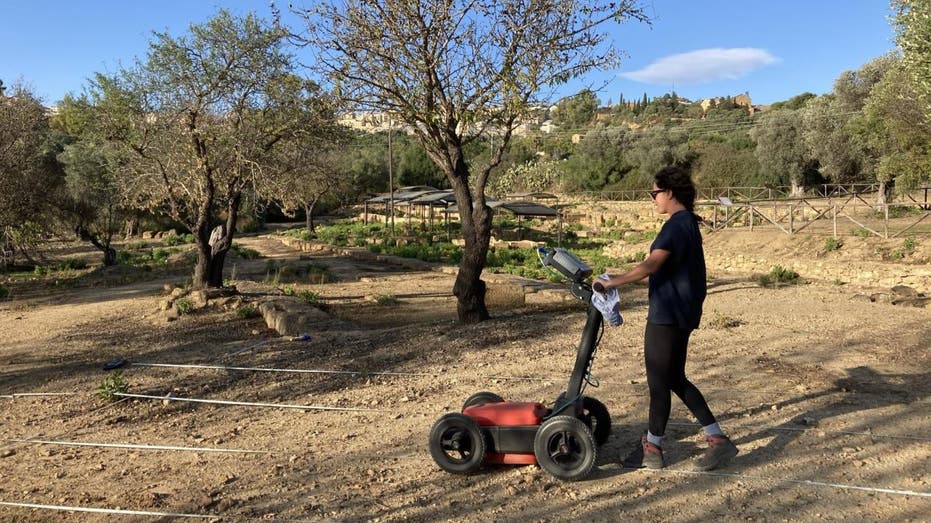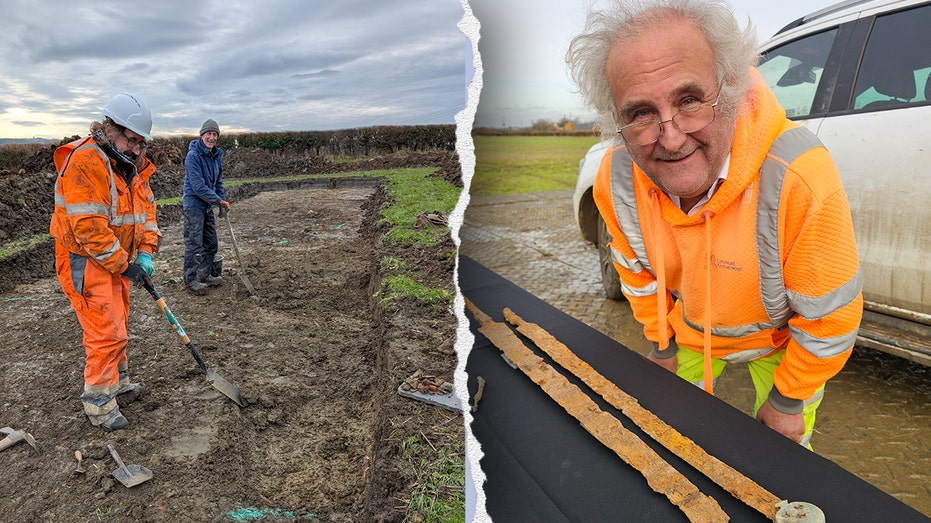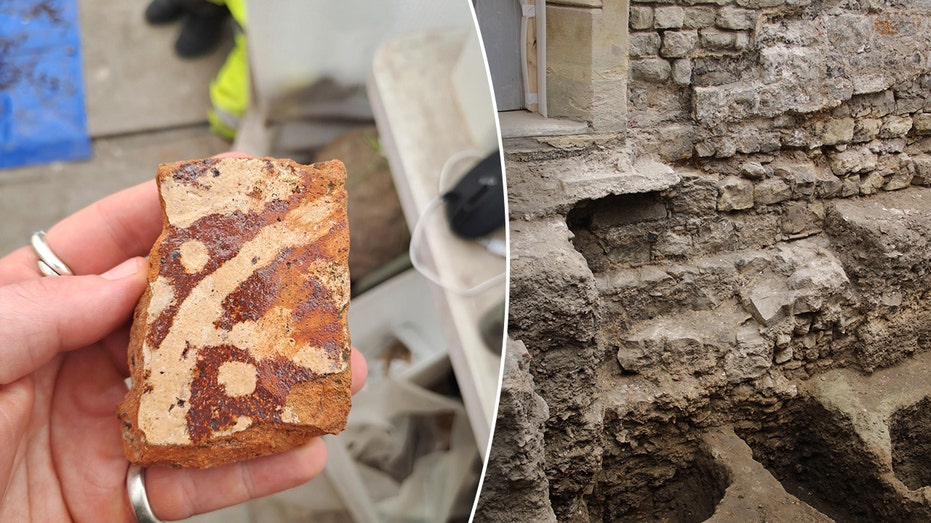Archaeologists Unearth Ancient Greek 'High School' Lecture Hall in Sicily

Sarah Johnson
April 21, 2025
Brief
Archaeologists in Sicily uncovered a well-preserved ancient Greek lecture hall in Agrigento, revealing insights into education, athletics, and daily life from over two millennia ago.
Archaeologists have uncovered a remarkably well-preserved lecture hall believed to be part of an "impressive high school" from an ancient Greek settlement in Agrigento, Sicily. The discovery, announced by the Free University of Berlin, sheds light on just how much — or, honestly, how little — school life has changed over the last two thousand years.
Situated on Sicily’s southwestern coast, Agrigento was established in 580 B.C. as the largest Greek colony on the island. While the complex included both a high school and a grammar school, it wasn’t until March of this year that the long-lost lecture hall finally saw daylight again.
University officials described the space as "a small covered theater" capable of seating about 200 people in eight rising, semicircular rows. This design was apparently ahead of its time; when it was built in the 2nd century B.C., no other known grammar school in the ancient world could boast such an auditorium. It took centuries for other Greek cities to catch up — Pergamon in Turkey didn’t get a similar lecture hall until 250 to 300 years later. Talk about being the cool school on the block.
The hall was used for intellectual endeavors such as lessons, demonstrations, and competitions, with an emphasis on balancing mental prowess and physical fitness. Ancient teachers strove to prepare young men for adulthood, both in body and mind, a philosophy modern educators might recognize (minus the togas, probably).
From the 4th century B.C. onward, Greek cities constructed sprawling complexes with running tracks, bathing facilities, and classrooms for training and learning. What sets Agrigento’s school apart, according to officials, is its size: it’s the only known ancient western Mediterranean school with a large swimming pool and a 200-meter running track. Physical education class, but make it epic.
During the excavation, archaeologists found a semicircular section where teachers and students once put on performances for an audience. They also discovered two large limestone blocks inscribed in Greek, the letters highlighted in red against a white-plastered background. These inscriptions aren’t just decorative — they provide rare insight into city life and the people who made it tick.
One particularly intriguing inscription reveals that the gymnasium was funded by a local citizen who dedicated the renewal of the changing room roof to the gods Hermes and Heracles. The mention of a gymnasiarch (basically the head coach/principal) is especially unusual and points to the central role of these schools in the community.
Experts believe the lettering dates back to the late 1st century B.C., by which time Agrigento was under Roman rule. Yet, Greek language, traditions, and educational practices held strong, and the high school continued to serve as a hub for the city’s youth.
The Free University of Berlin reports that further excavations are slated for 2026, with hopes of uncovering more athletic and teaching spaces north of the auditorium, as well as additional inscriptions that could help reconstruct daily life in the ancient high school of Agrigento. Clearly, there’s still a lot left to learn from history’s most persistent overachievers.
Topics
Editor's Comments
Only in ancient Greece could a gymnasiarch fund a new roof for the changing room and dedicate it to the gods — Hermes and Heracles, no less. Imagine convincing the school board today to let you slap a ‘sponsored by Zeus’ plaque on the gym. Leave it to the Greeks to make even their educational infrastructure a divine affair. If we start seeing high school auditoriums with altars, you’ll know where the trend started.
Like this article? Share it with your friends!
If you find this article interesting, feel free to share it with your friends!
Thank you for your support! Sharing is the greatest encouragement for us.



